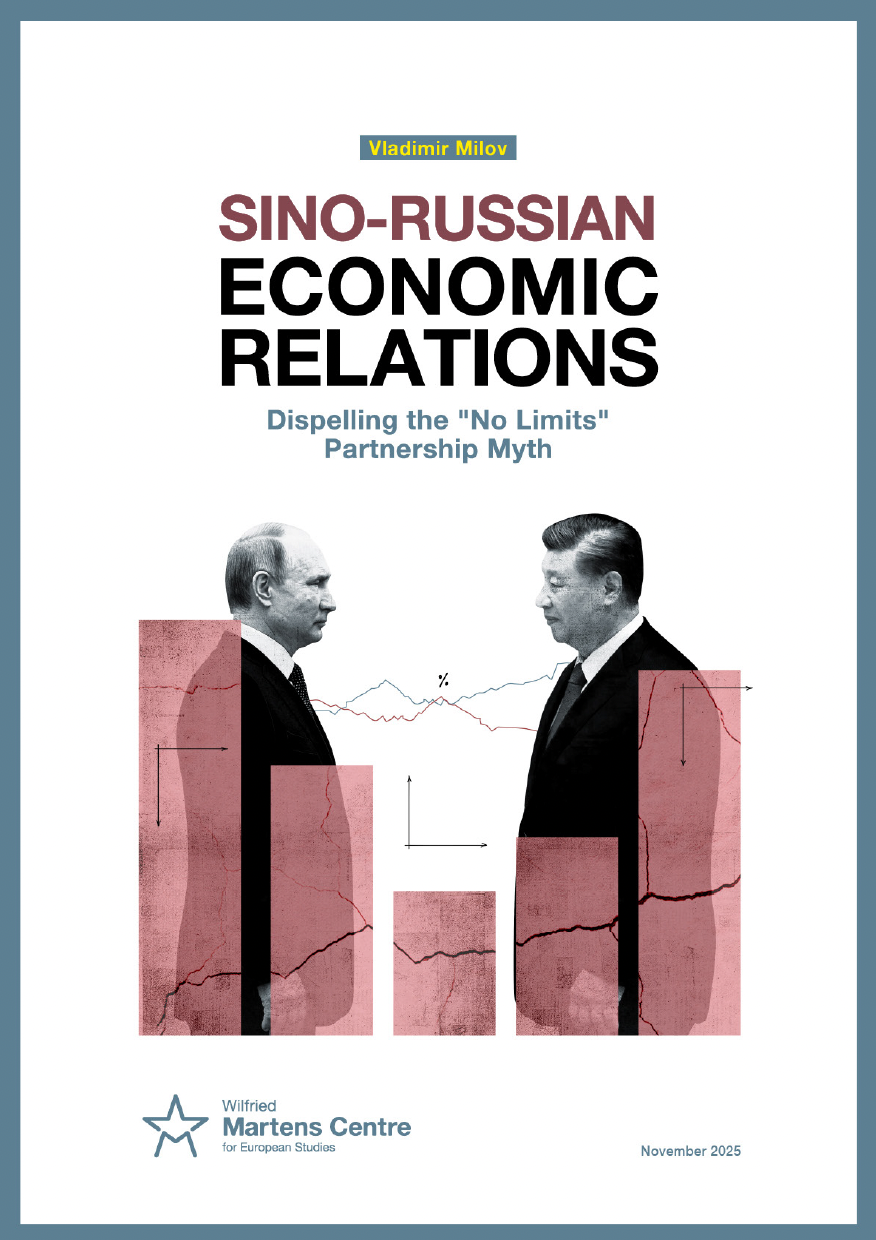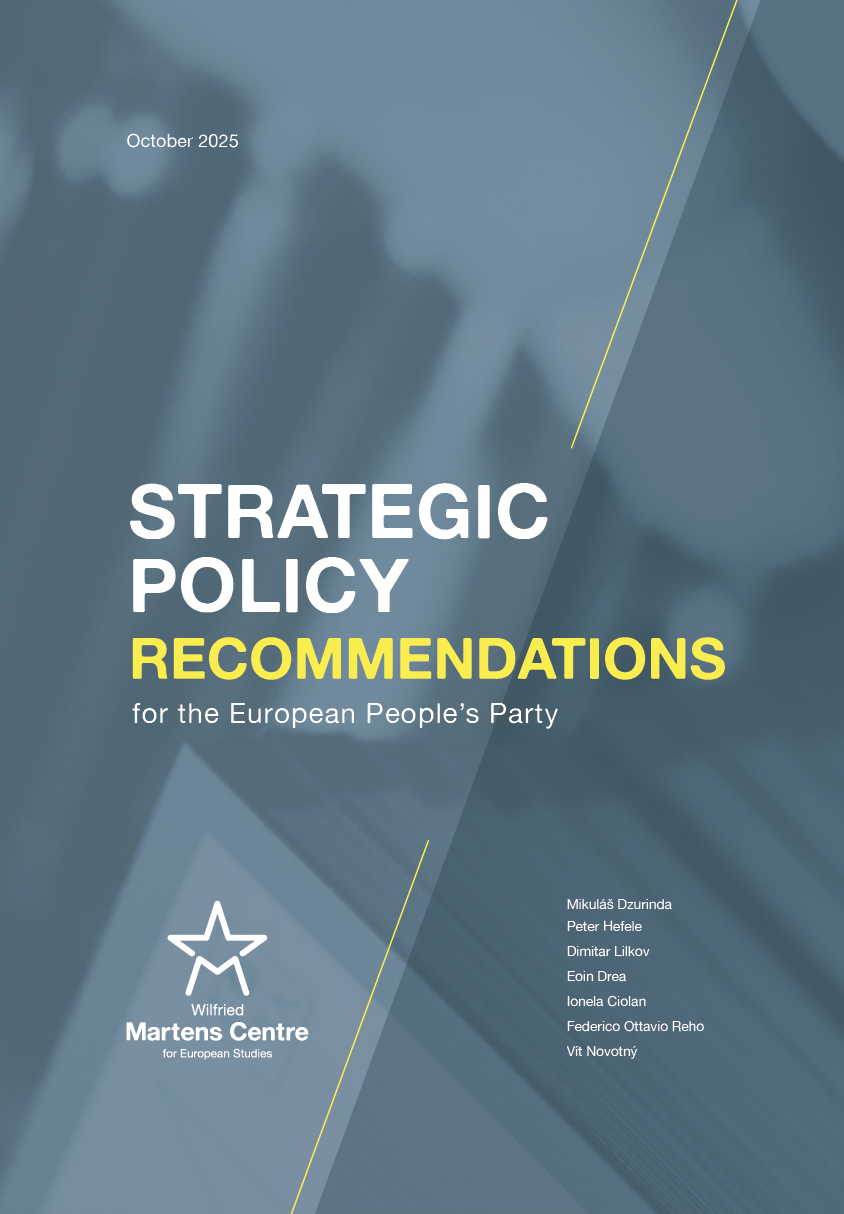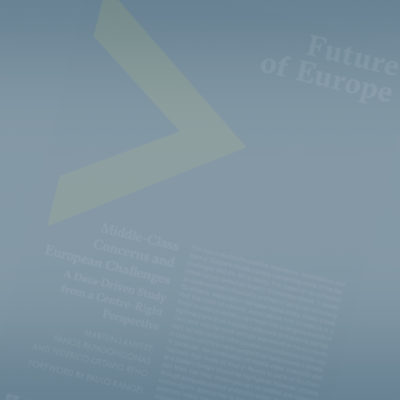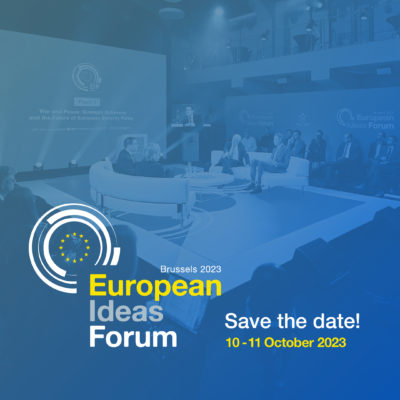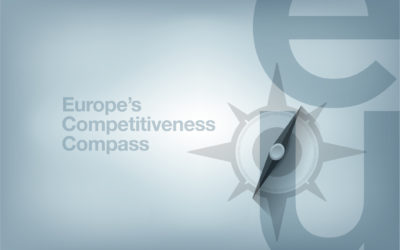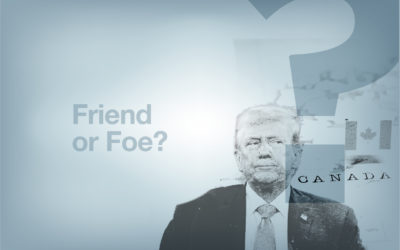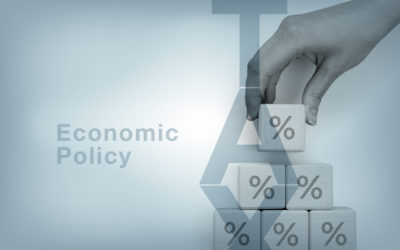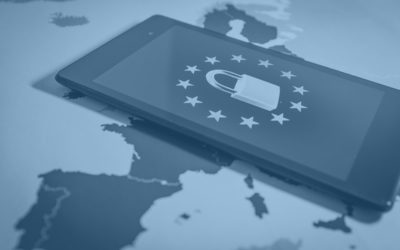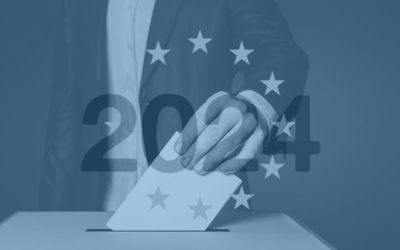Beware the Unintended Consequences of Europe’s Recovery Fund
11 June 2021
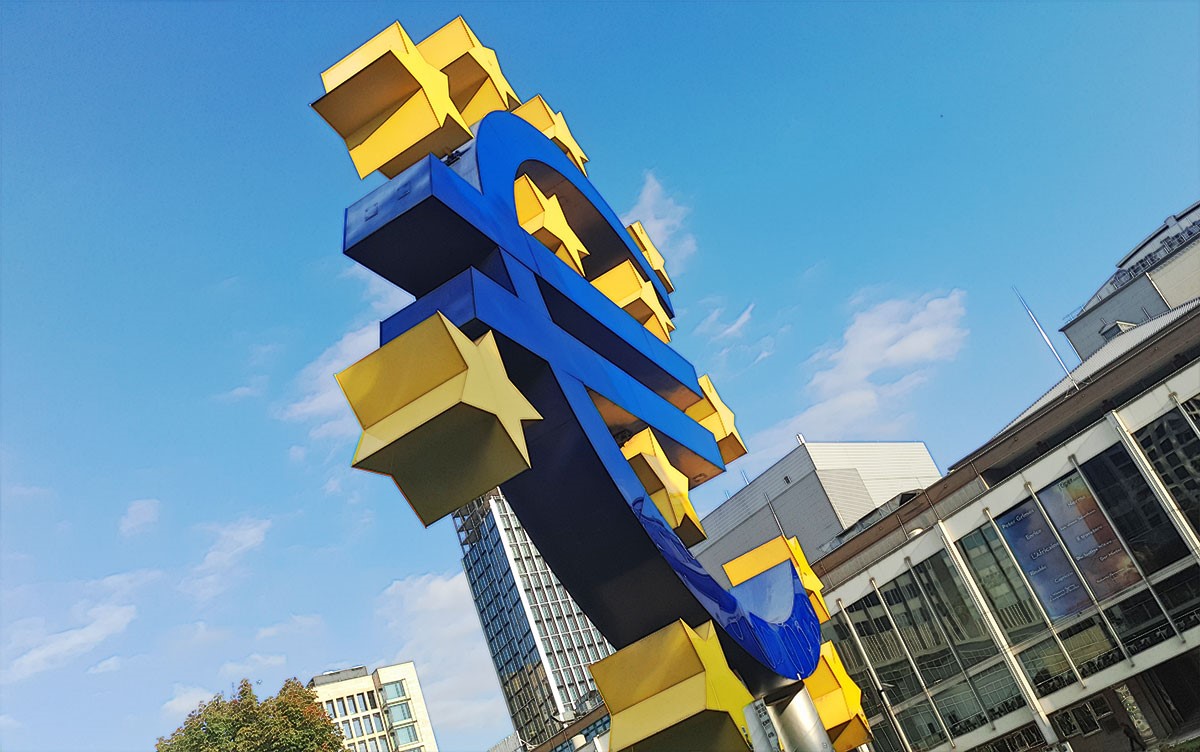
Suddenly Brussels has a shiny new eco-system. Europe’s Recovery Fund (ERF) has given rise to a new posse of member states and companies setting out their commitments to greater sustainability and digitalisation. With the European Commission as the ultimate arbiter of where the money flows, Brussels is agog with how the ERF is going to lead Europe’s economic renaissance.
However, this endless focus on the procedures and timescales of the ERF risks distracting EU decision makers from the more immediate economic challenges. Namely, how to translate the gradual lifting of pandemic restrictions into creating new jobs and building a lasting economic revival.
Although initially conceived as a fast-track response to the initial wave of COVID-19, both the ERF (and its considerable administrative machine) will take time to filter down to national level. It will take longer still to make a meaningful impact in domestic economies. Even the most productive proposals for physical infrastructure, digitalisation projects, and increased sustainability initiatives may take years to fully design, tender, and implement.
The ERF is a long-term game, not a short-term answer.
In addition, packaging the attempt to rectify Europe’s core long-term challenges (climate change, lack of digital skills) as part of the wider pandemic response brings with it three further considerable risks.
The first is the increasing likelihood of conflict between member states and the Commission over National Recovery Plans, structural reforms, and the wider economic integration of the EU. As the panic of the pandemic recedes (a lot quicker than originally forecast), national capitals will realise that ERF spending brings with it a lot more than just another layer of oversight from Brussels.
For those states in the Eurozone, the resumption of the application of Europe’s fiscal rules from 2023 will also restrict the ability of states to respond to unforeseen economic shocks (such as a pandemic!). The moves towards harmonising corporate tax rates will further reduce the ability of member states to compete against each other to attract investment and promote innovation.
The broader point here is that the ERF is a centralising funding tool, deliberately designed to move the EU towards a more integrated economic unit. The conflicts over the future level of economic integration required for the EU are far from resolved. These disagreements will likely resurface as Europe’s economies recover in the short to medium term.
The second big risk emanating from the ERF is the fact that it is a debt instrument, not a programme funded directly by the existing EU budget. It’s not that the overall size of the Recovery Fund (750 billion euros) poses a significant financial risk or that future repayments will be a significant burden, rather it is the fact that Brussels is now required to raise new EU level taxes to pay for the ERF’s expenditures over the coming decades.
The risk here is that while ERF spending may last a couple of years at best, the new taxes will likely last a lifetime. Here, the challenge will be to gain public support for the new taxes and to sustain that support long after the ERF is a distant memory. It is naïve to think that the introduction of new EU level taxes may not impact negatively on broader public support for the wider integration process.
The problem here is that new taxes – the current menu includes a plastics charge, a carbon border adjustment mechanism, a digital tax, revenues from emissions trading, and a financial transactions tax – will result in a long litany of disagreements between member states, even before they are finally agreed and introduced. Eventually, some national capitals may feel forced to accept these new taxes, regardless of the spending that has gone before. The potential for such member states to then stoke anti-Brussels sentiment over the perceived financial burden of EU membership (such as Thatcher did in 1980s Britain) should not be overlooked.
The third risk (which also encompasses both preceding ones) is that the disbursement of ERF funds is marred by significant corruption, a lack of transparency, and misuse of capital. This risk has the potential to undermine public support for further EU integration and dramatically reduce the public acceptance of further EU taxes in the future.
For the ERF to really succeed, it must be transparent down to the last Euro. Anything other than this will simply drain away public support. It’s important to remember that the repayment of ERF funds will persist for many decades into the future. How the ERF funds are spent now will determine if a deepened European integration really has a chance to succeed in the future.
ENJOYING THIS CONTENT?






